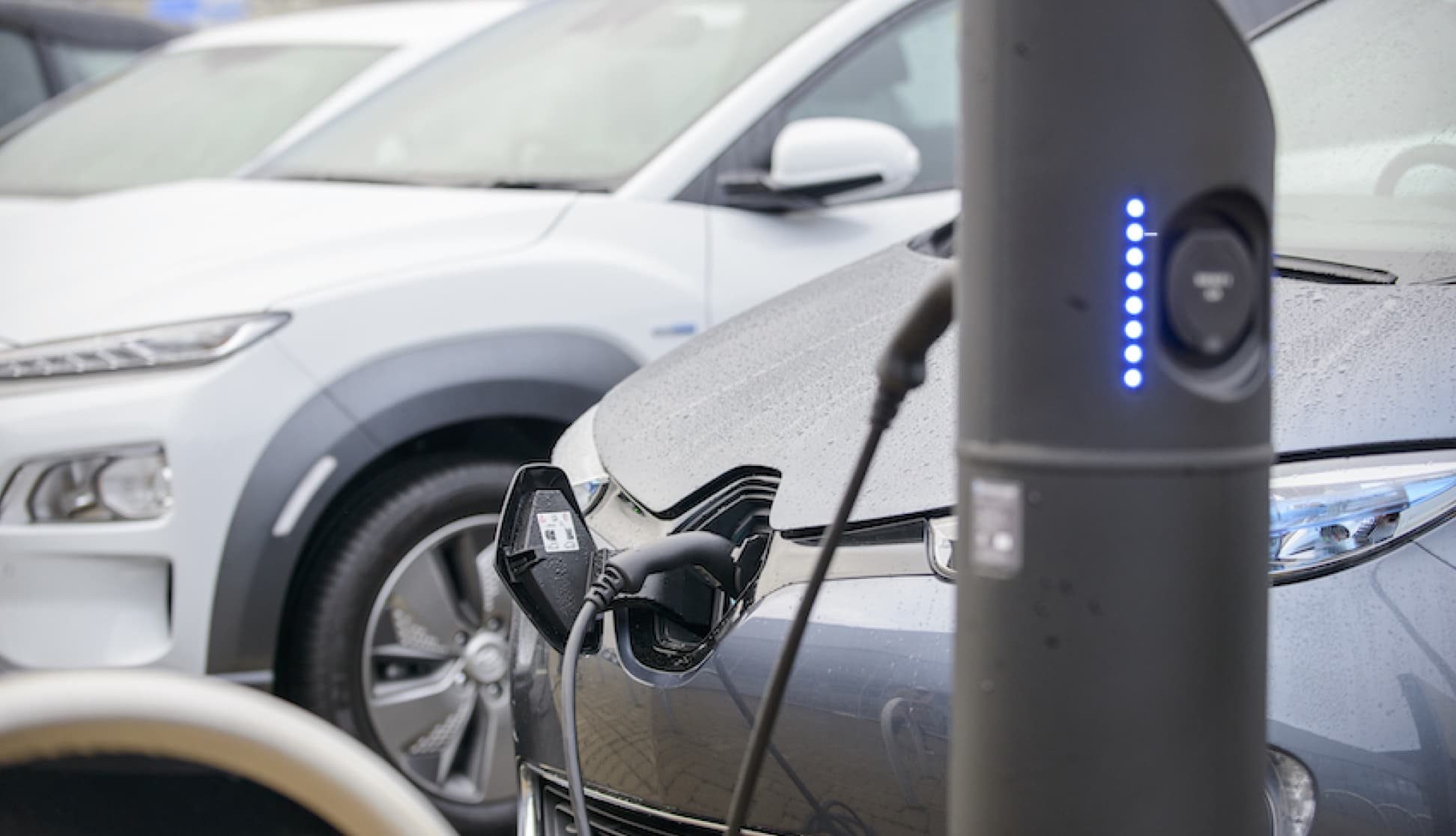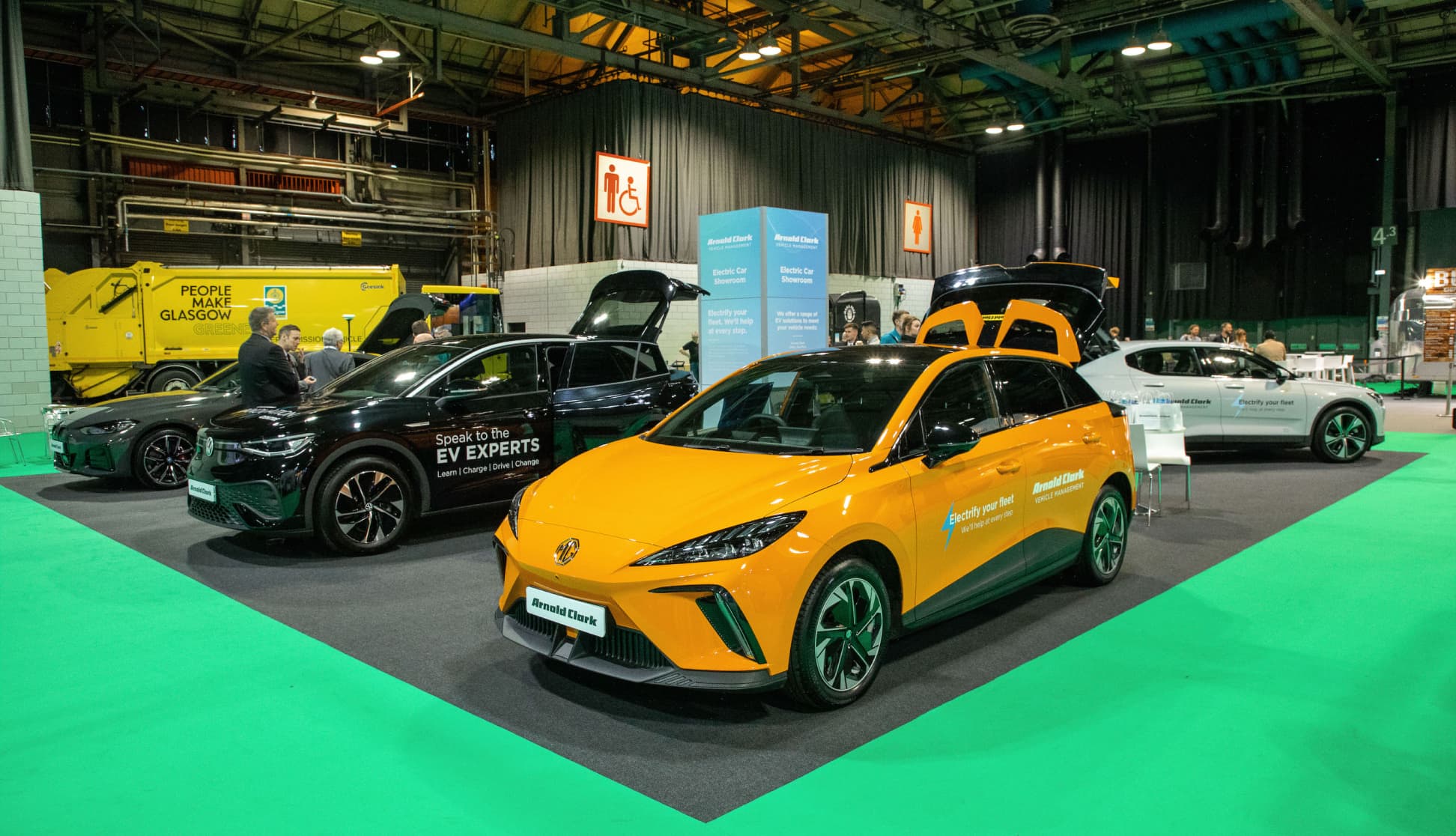So, what is a hybrid car?
A hybrid car is essentially one that uses two different energy sources. Hybrids combine electrical energy stored in batteries along with the combustion energy of petrol or diesel fuel.
What are the benefits of driving a hybrid?
- They have lower emissions than petrol and diesel cars.
- They're cheaper to run in relation to miles per gallon (mpg).
- You'll enjoy low road tax rates…
- and avoid congestion charges in many cities and urban areas!
What are the different types of hybrids?
- Full hybrid (Most common)
- Uses an internal combustion engine and an electric motor, either at the same time or independently.
- Typically holds small amounts of electric charge to provide additional power.
- Can switch to electric-only mode. (However this is usually used at low speeds at short distances because the batteries are relatively small.)
- Mild hybrids (Cheapest way to own a hybrid)
- Uses an electric motor in conjunction with an internal combustion engine.
- The two power sources can't be used independently of one another.
- The small electric motor is used to assist the engine.
- Plug-in hybrids (PHEVs) (Closest to an electric vehicle)
- Uses larger onboard batteries that can be charged from an external power source.
- Allows for more zero-emission driving but has increased weight.
- When charge has ran out, the regular combustion engine can be used to power the car.
A low-emission car doesn't always have to be a pure electric vehicle. Hybrids have a battery and a motor to recover energy that's usually lost during braking, and uses it to power the car. As hybrid technology improves, they're becoming an attractive alternative to fleets and company car drivers, boasting impressive fuel economy and great tax incentives.
The hybrids listed below are among the most popular models of 2019 and will suit a range of drivers and budgets.
1. Toyota Prius
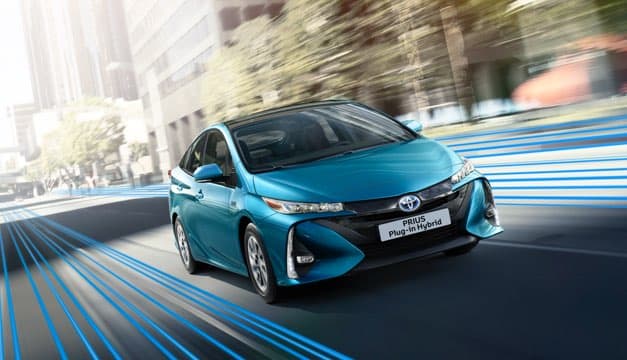
The Toyota Prius is a perfect addition to lower-mileage, city-driving fleets. Since its release over two decades ago, the Prius has been at the forefront of the hybrid car market thanks to its value for money and great fuel economy. Its practical design comes with plenty of cabin space and a large boot, making it the perfect family car. And with state-of-the-art technology like a large windscreen speed display and strategically-placed body sensors, it's clear that Toyota takes safety very seriously.
BIK rates for the Toyota Prius:
- 19% - 2019/20
- 20% - 2020/21
- 20% - 2021/22
Plug-in version available? Yes
2. Kia Niro
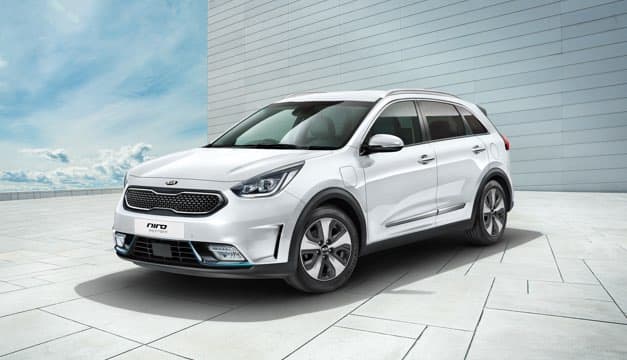
The Kia Niro is a petrol/electric hybrid hatchback that looks and feels like a small SUV. Originally marketed as a modern family car, the Niro has multiple USB charge point and a wireless smartphone charger on the dashboard. It’s a great option for long commuters thanks to its spacious cabin and generous MPG. Fleet managers who are looking to add greener SUVs to their fleet may want to consider the Kia Niro.
BIK rates for the Kia Niro:
- 16% - 2019/20
- 12% - 2020/21
- 12% - 2021/22
Plug-in version available? Yes
3. Mercedes-Benz E300 de
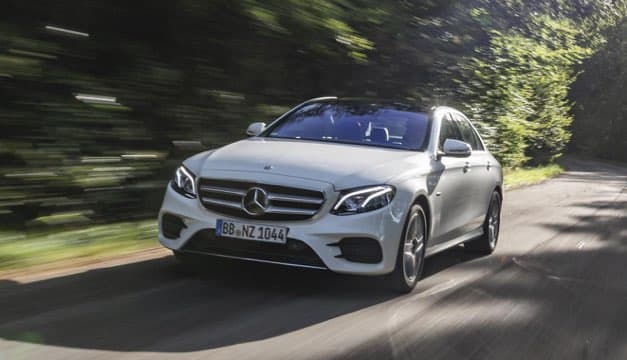
Placing emphasis on ride quality, the Mercedes-Benz E300 de’s interior follows the same classy style as the E-Class. Its hybrid technology is a combination of a 13.5kwh battery and a 2.0-litre, four-cylinder diesel engine. Running solely on the diesel engine, the E300 de can achieve 50 mpg, with the electric motor capable of covering up to 34 miles.
Drivers of the E300 de can download the Mercedes Me app to access a wealth of features. From the app, drivers can lock and unlock their car, view the remaining diesel and battery levels, check the service status and find exactly where the car is located using the app’s map.
BIK for Mercedes-Benz E300 de:
- 16% - 2019/20
- 12% - 2020/21
Plug-in version available? Yes
4. Hyundai Iconiq PHEV
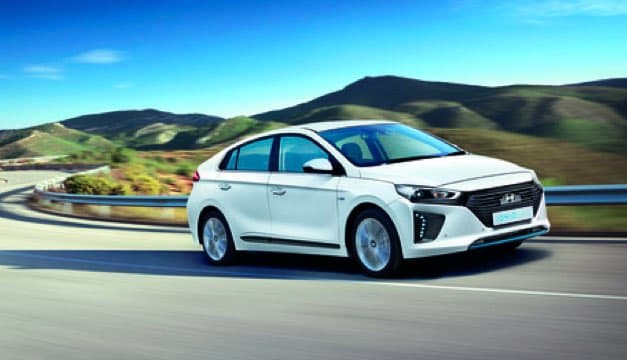
The Hyundai Iconiq PHEV comes in two hybrid variants; the full hybrid and the plug-in version. Even the standard model is packed with the latest in-car technology, from a handy reversing camera to a wireless smartphone charging point. This model stands out from the crowd with a distinctive front grille and a sleek interior, perfect for the style-conscious driver. And when it comes to fuel economy, the Iconiq PHEV doesn’t disappoint. The full hybrid version claims 83.1 mpg and the plug-in version boasts 257 mpg.
BIK for Hyundai Iconiq PHEV:
- 16% - 2019/20
- 12% - 2020/21
- 12% - 2020/21
Plug-in version available? Yes
5. Volvo XC60 T8 Twin Engine
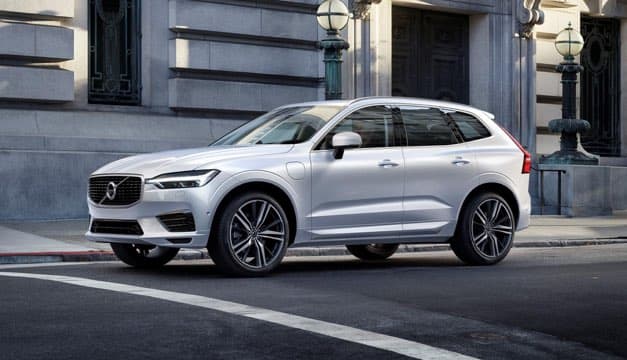
The Volvo XC60 T8 Twin Engine uses the same 2.0-litre, four-cylinder petrol engine and electric motor as the popular Volvo XC90 T8. However, the XC60 does have a larger battery pack which means the XC60 T8 can travel 28 miles on full charge before the engine cuts out. The Volvo XC60 is ideal for fleet managers who want to reduce their fleet’s CO2 emissions but need an upmarket, sporty SUV.
BIK for the Volvo XC60 T8 Twin Engine:
- 16% - 2019/20
- 14% - 2020/21
- 14% - 2020/21
Plug-in version available? Yes
6. BMW
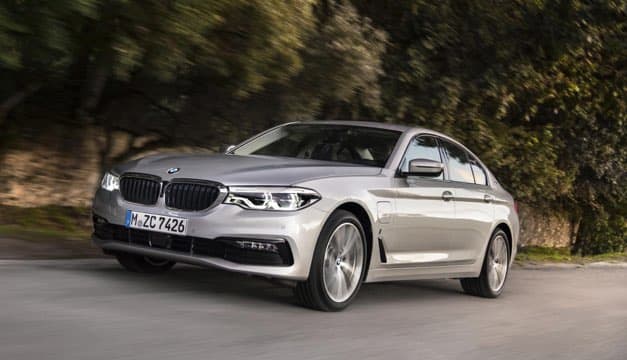
As one of the sportiest hybrid models on the market, the 530e delivers low emissions without compromising the sharp handling you’d expect from a BMW. It boasts an impressive electric range thanks to BMW’s hybrid technology, with the German manufacturer claiming it can travel up to 41 miles on battery power alone. The sporty driving comes from the hybrid powertrain which gives back enough energy to ensure the electric motor backs up the petrol engine.
BIK for the BMW 530e:
- 16% - 2019/20
- 14% - 2020/21
- 14% - 2020/21
Plug-in version available? Yes

